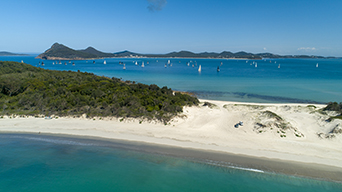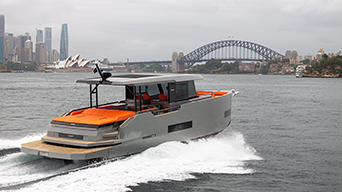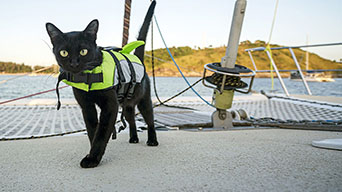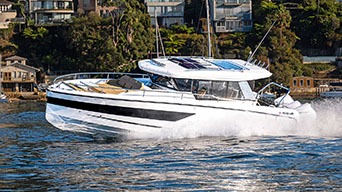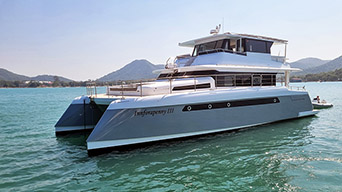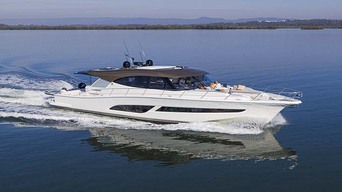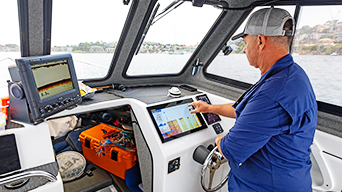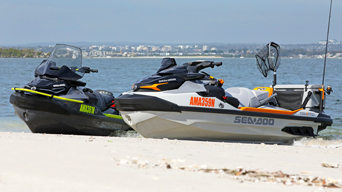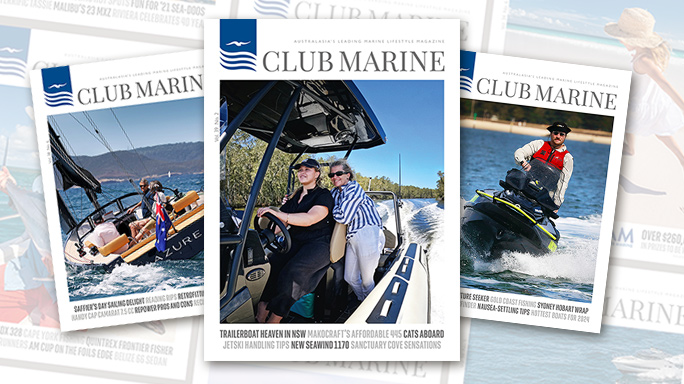
Checklists
Briefing tips for the skipper
Who's who
- swimming ability
- boating experience
- mobility, medical and dietary requirements
- history of seasickness
- advise on warm clothes, hats and sunscreen
- if you, as skipper, get injured or fall ill there must be someone aboard who can operate the vessel and/or communications systems and fire-fighting equipment
- task parents or a responsible adult with the care of young or elderly passengers
- if necessary, assign roles for handling marina lines, fenders or mooring apparatus
- seek volunteers to assist with watch duties at the helm where visibility is impaired (night, fog) or on busy waterways
Safety on-board
- show all crew where lifejackets (personal flotation devices or PFDs) are stored
- explain the usage and function of lifejackets; have everybody practice putting one on
- remind all occupants that they’re required to wear an approved PFD Level 100+ lifejacket when crossing a bar
- children and poor swimmers should wear a PFD at all times. Assist them with fitting the jacket.
- explain the vessel’s additional safety equipment to provide information and reassurance
- all passengers should know where flares, fire extinguishers, bailing equipment and the emergency beacon (EPIRB) are located
- all passengers should know the location and operation of seacocks
- ensure that a responsible person/s knows the description of your boat, including name and registration number
- familiarise them with use of the marine radio and mayday procedures, flares, distress sheet, EPIRB or advise them to call 000 on their mobile phone
- advise on how to read the GPS position where applicable
Trip plans and navigation
General rules for safe boating
Using on-board facilities
Emergency planning
WE'RE HERE TO HELP
FOLLOW US ON
*Terms and conditions apply
Any advice here does not take into account your individual objectives, financial situation or needs. Terms, conditions, limits and exclusions apply. Before making a decision about this insurance, consider the Product Disclosure Statement (PDS)/Policy Wording and Supplementary PDS (if applicable). Where applicable, the PDS/Policy Wording, Supplementary PDS and Target Market Determination (TMD) for this insurance are available on this website. We do not provide any form of advice if you call us to enquire about or purchase a product.
Club Marine Limited (ABN 12 007 588 347), AFSL 236916 (Club Marine) issues this insurance and handles and settles claims as agent for the insurer Allianz Australia Insurance Limited (ABN 15 000 122 850) AFSL 234708 (Allianz). Club Marine is a related body corporate of Allianz. Copyright © 2024 Allianz Australia Limited




